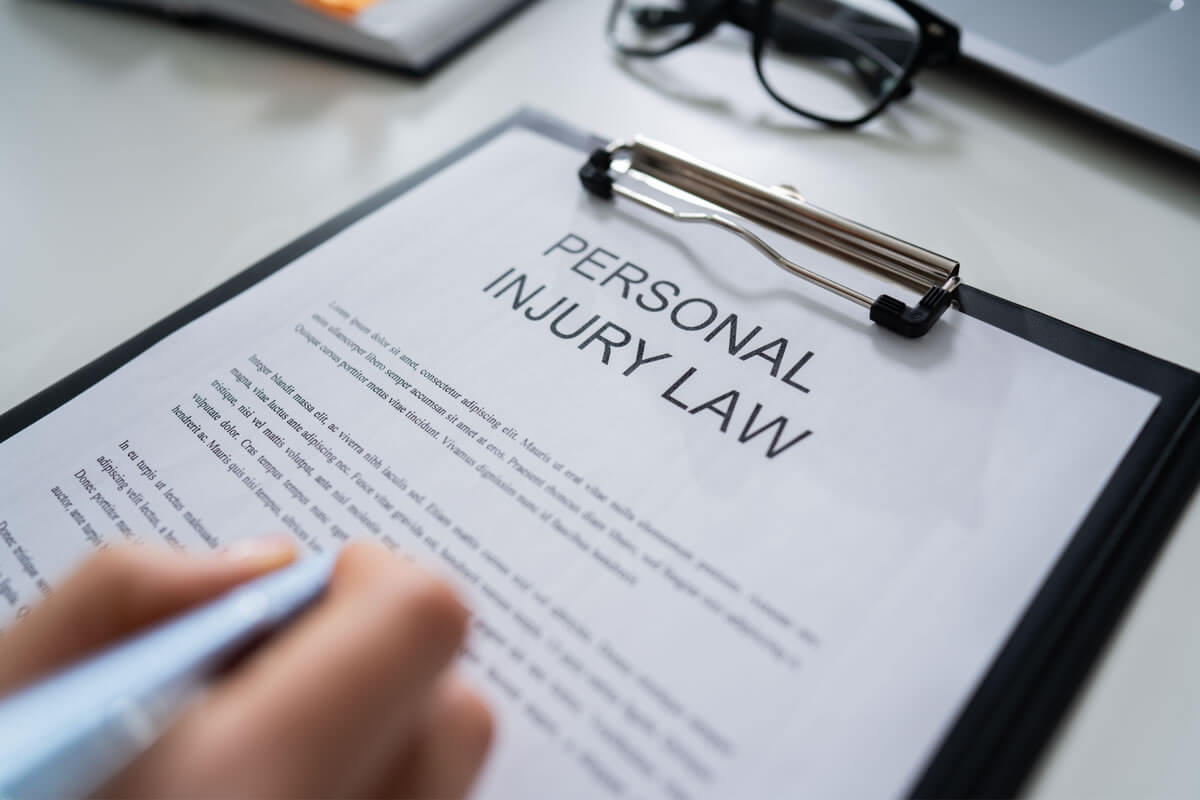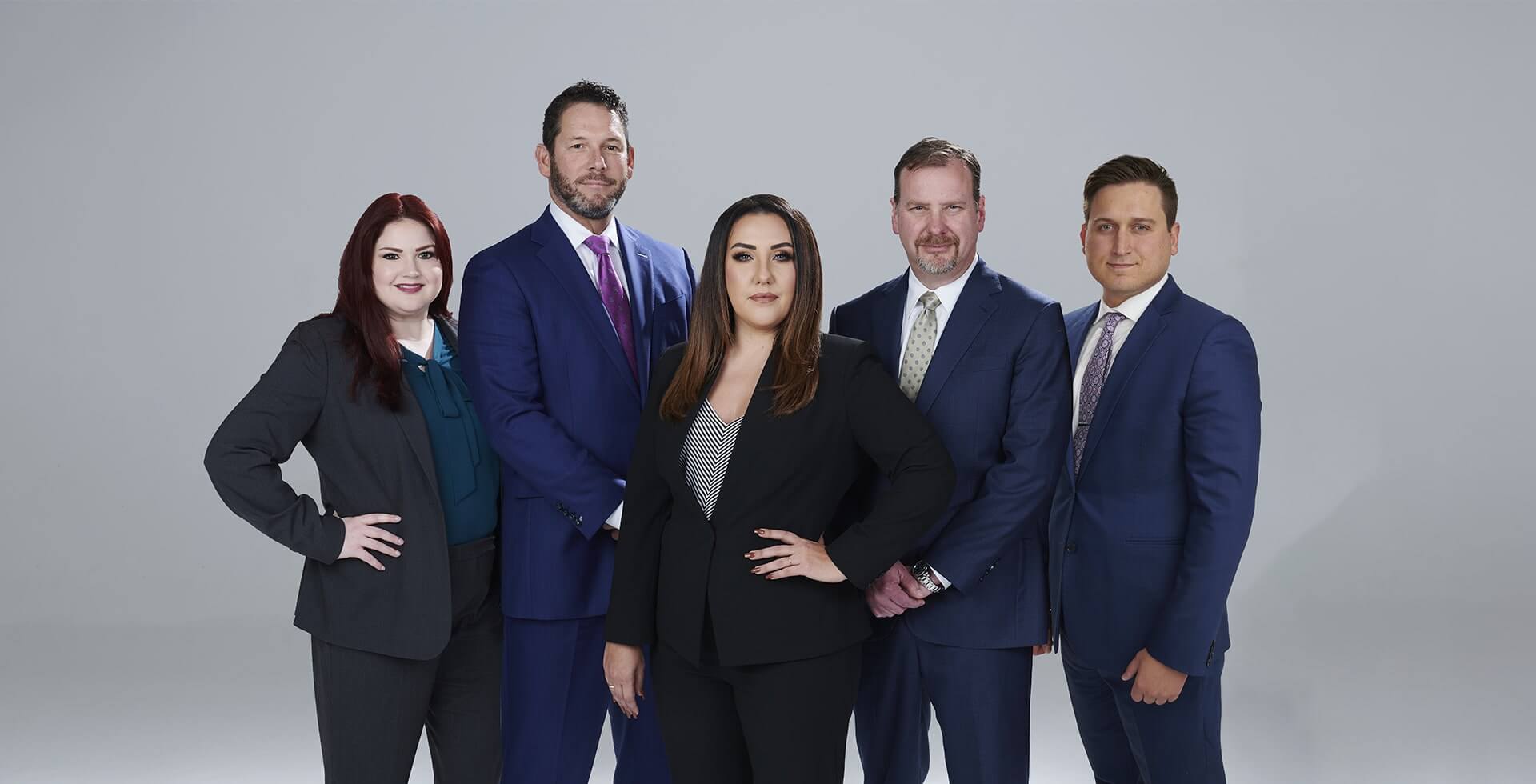
Joseph Sigmon joined the U.S. Army right after high school—a visceral response to 9/11. He wanted to do his part. His part consisted of two tours of duty in Iraq and Afghanistan as a field artillery specialist. By the time he was discharged, he had worked his way up to staff sergeant, decorated for training Afghan soldiers in artillery operations.
Years after he was discharged, the now 37-year-old Sigmon had a constant ringing in his ears. He was diagnosed with tinnitus.
Theodore Finley is a combat veteran in the U.S. Army, serving from 2006 to 2014. Deployed in Afghanistan, he drove an armored transport vehicle. Every day, he patrolled war zones, transporting his commanding officer to meet with local leaders in nearby villages.
Because they were gathering intelligence on the Taliban, Finley’s transport team became a popular target.
Finley’s military records indicate his unit fell under fire constantly. He survived more than 450-gun battles.
On one occasion, an RPG blasted his vehicle. In another RPG attack, he sustained a traumatic brain injury (TBI) and still managed to save the lives of other members of his unit and his base commander. He was awarded the Purple Heart and accommodations of valor.
After Finley returned home, his hearing began to worsen. After extensive testing, it was determined he suffered from bilateral tinnitus and noise-induced hearing loss.
These are only two stories in an ocean of recent stories where veterans suffer from hearing damage and loss.
When an armed service member is trained, they receive protective gear. These essential items always include a helmet, a flak jacket, and a pair of strong headphones. Military training and combat situations are loud. Noises over 90 decibels can be painful.
Members of the military often experience as much as 150 decibels.
Between 2003-2015, military members were issued 3M Combat Arms Earplugs, Version 2. The 3M duel-sided earplugs were designed to protect their hearing against long exposures to loud noises. But for more than 10 years, these earplugs did not do what they were intended to do.
Hundreds of thousands of service members have sued 3M, claiming they suffer from Tinnitus and hearing loss because of defective earplugs. The suits allege the duel-sided ear plugs could not be inserted snuggly into the ear canal because they were too short, and the loose fit caused hearing damage. It also alleges 3M knew about the defect and failed to warn the products’ users of potential risks.
A statute of limitations is associated with personal injury lawsuits resulting after car crashes, slip-and-falls, malfunctioning products, pretty much any time someone gets hurt because of someone else’s conduct or negligence.
These time constraints for filing a claim can be tricky. The clock typically starts ticking when the injury is discovered or should have discovered an injury. Sometimes, an injury is apparent right away. Other times, an injury can be caused by an incident, but it takes time for the ramifications of this injury to be seen.
In Oklahoma, people have two years from the realization of an injury to file a personal injury lawsuit. Compliance with the allowed time limits is strictly enforced. But there are cases when a lot of people are injured by the same incident or faulty products, and time is needed to assess the damage done and prepare a larger case.
This element of the statute of limitations can be seen in the 3M earplugs case, after nearly 300,000 U.S. service members and veterans sued the military-issued earplug company because of alleged defects causing irreparable hearing damage that is not apparent until years after the use.
According to Oklahoma’s Housing Assistance Council, there are more than 170,000 military veterans occupying the state’s homes. They make up almost 12% of the population. State records from 2017 show more than 19,000 people serving in active military duty, and more than 13,000 serving in the reserve forces.
The 3M Combat Arms company denies their product has design defects. They argue that if soldiers are properly fitted and trained on how to use them, then they offer sufficient protection and would not have caused any hearing damage.
These particular earplugs have two sides—One side was supposed to block all sound, while the other side was supposed to allow users to hear nearby conversations.
Meant to be sold to the U.S. military, their tagline was, “You protect us. We protect you.”
The U.S. Department of Veteran Affairs have reported that because of the noise related to combat and training, hearing problems, including tinnitus, are the most common disabilities among U.S. veterans.
Since 2018, the lawsuits against 3M have combined into one of the biggest multidistrict litigations in U.S. history. 3M has lost a lot of cases and prevailed in a few. More than 1,000 additional cases will be heard soon.
Service members and veterans have been awarded $220 million, but 3M has not paid a dime. They have not admitted wrongdoing and have appealed the verdicts.
And last year, a Florida federal jury awarded Theodore Finley $22.5 million in damages. This is the largest verdict in the multitude of 3M earplugs cases. The outcome resulted in $7.5 million in compensatory damages and $15 million in punitive damages.
This could be just the beginning of an avalanche of litigation. As more service members get diagnosed with hearing problems associated with years of using 3M’s earplugs during training and combat.
To be a plaintiff in the 3M earplug multidistrict litigation, the service member must fall into three categories:
If you live in Oklahoma, another essential component of becoming a plaintiff in a 3M lawsuit is filing a claim within two years of being diagnosed with hearing issues or hearing loss.

When injury victims need a law firm with a reputation for excellence, turn to Graves McLain Injury Lawyers. We are a top-rated personal injury firm determined to be the best. With decades of award-winning representation, our clients recover the compensation they need to put their lives back together.